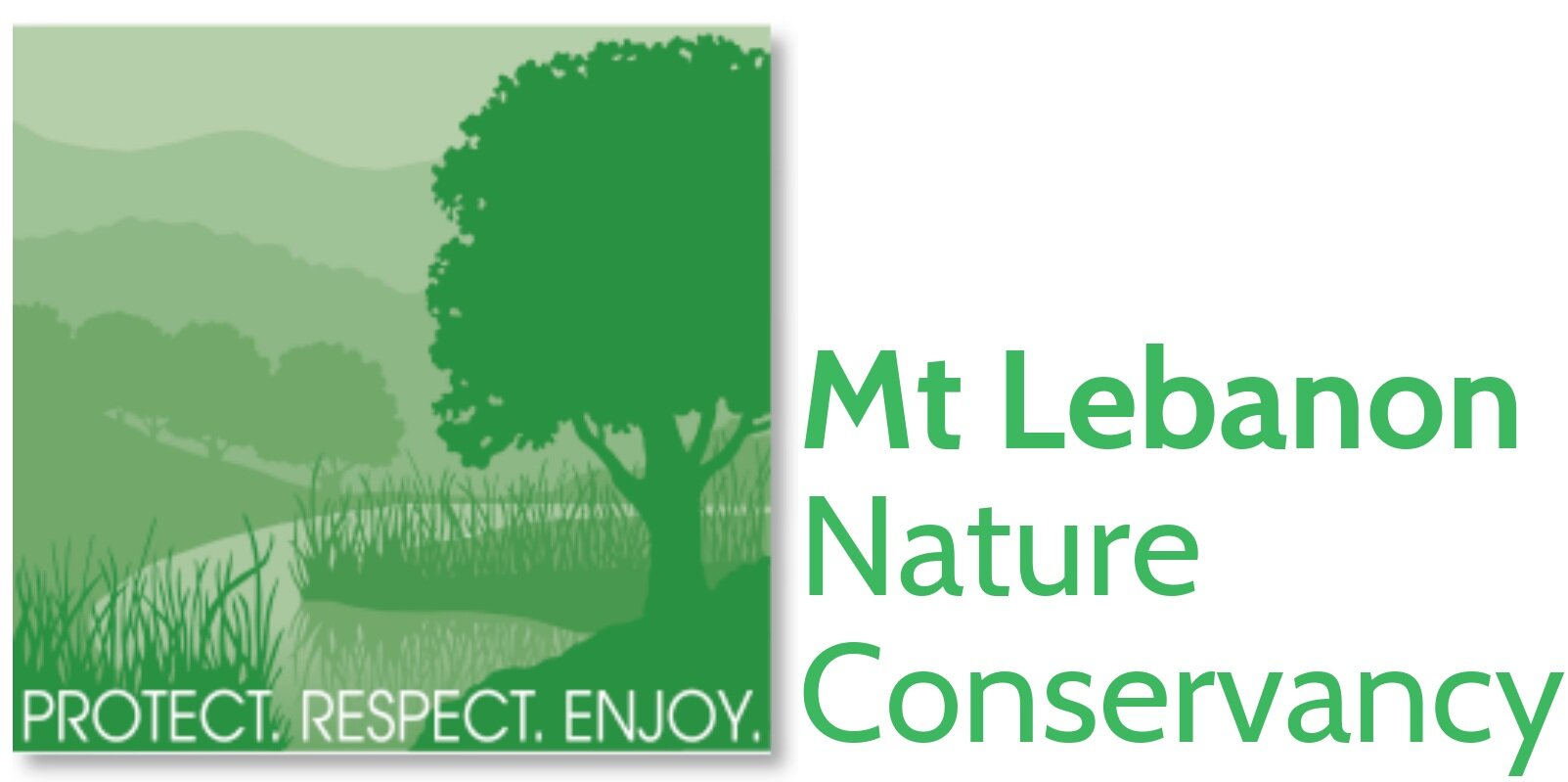2024 NATIVE PLANT SALE
View a recorded presentation “Layering Native Plants in Your Garden,” by environmental educator Sarada Sangameswaran, about incorporating these native plants and others into your garden.
Scroll through the 2024 plant sale selections:
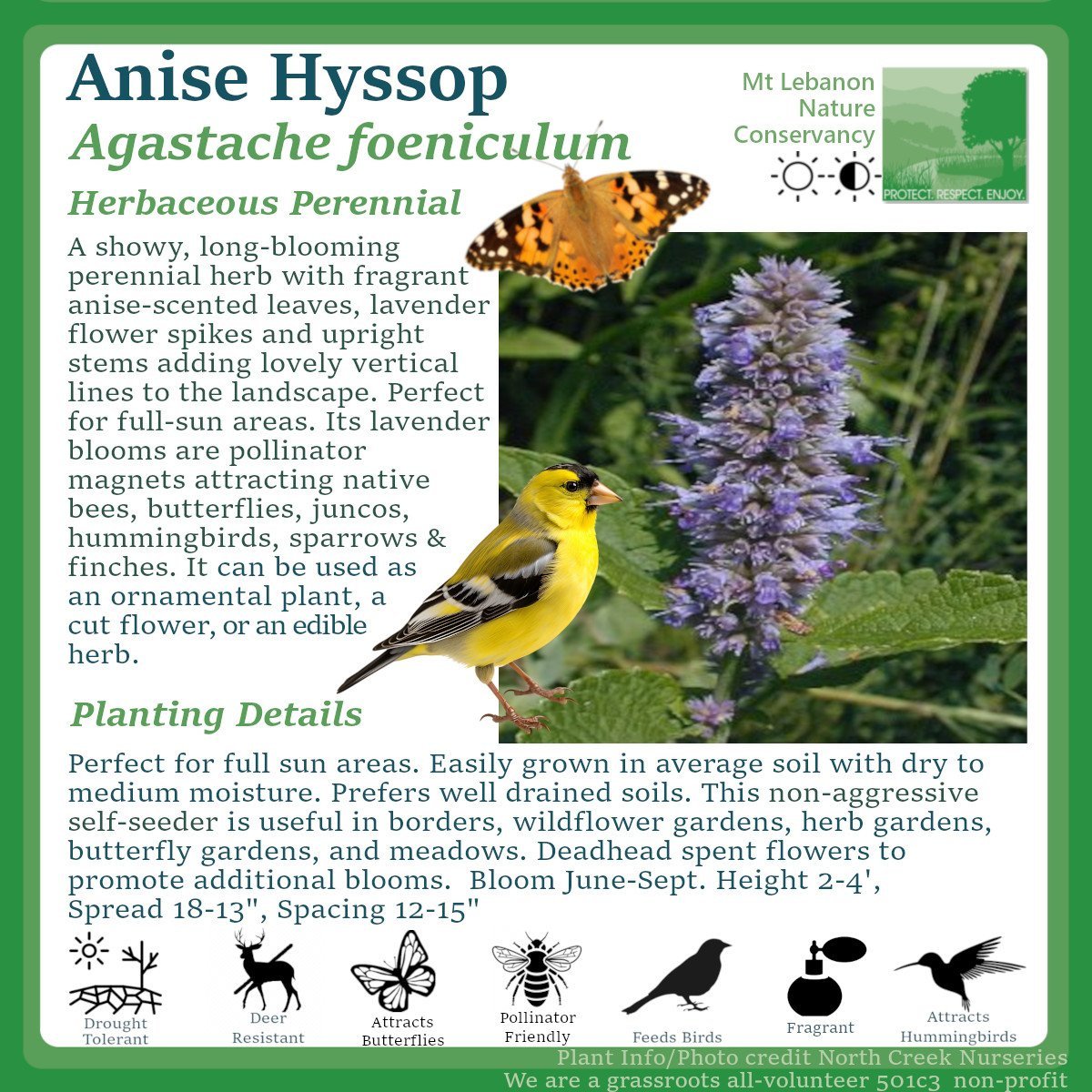
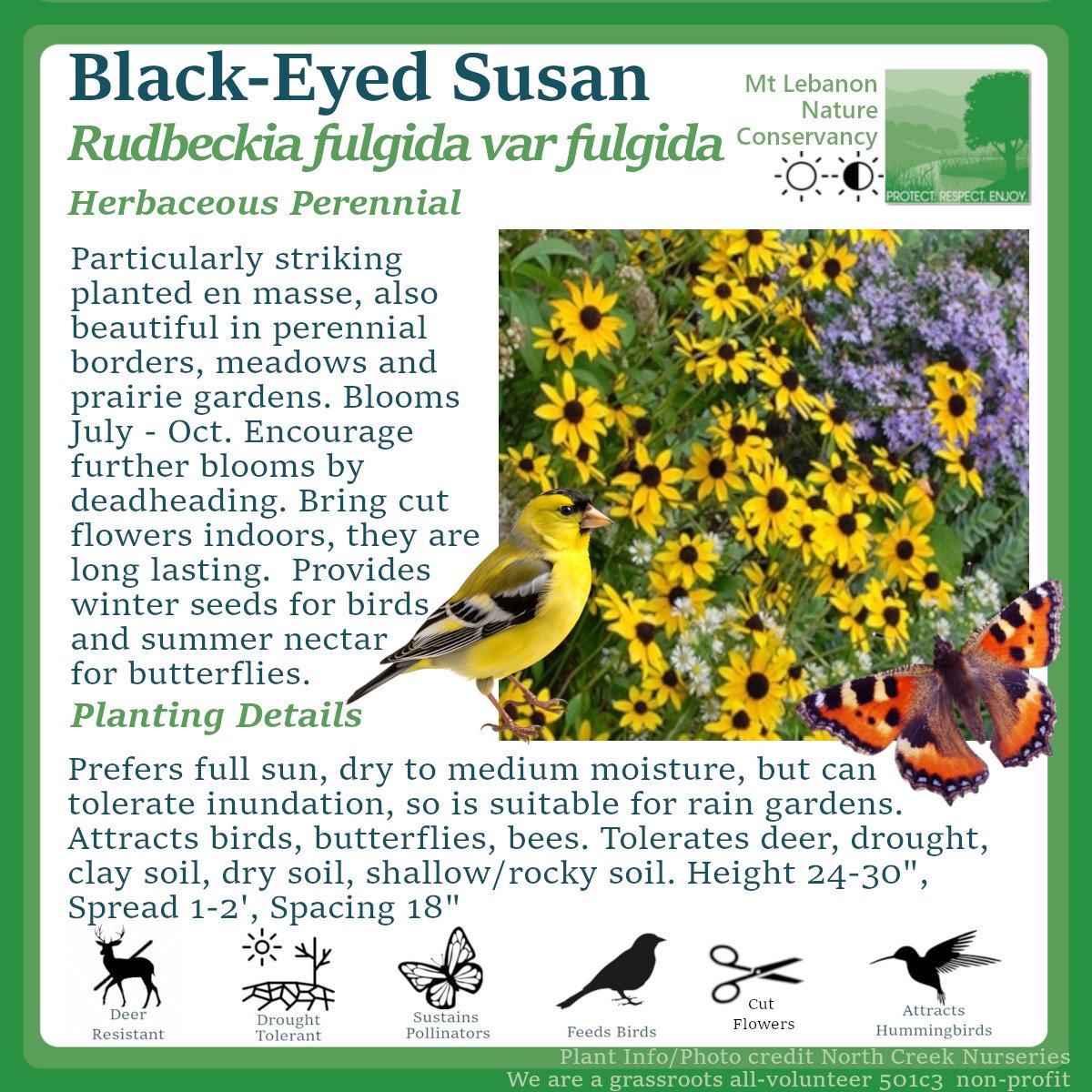
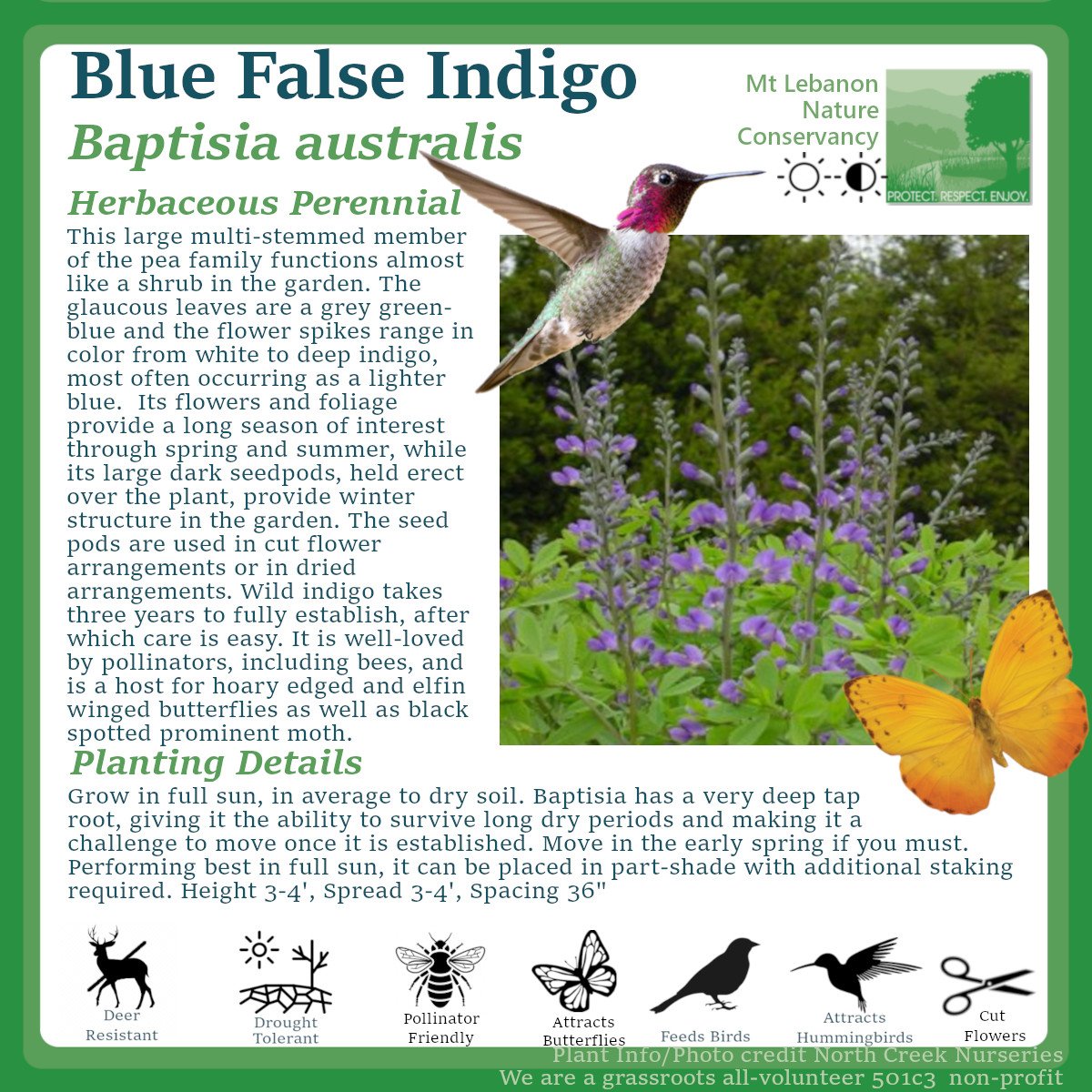
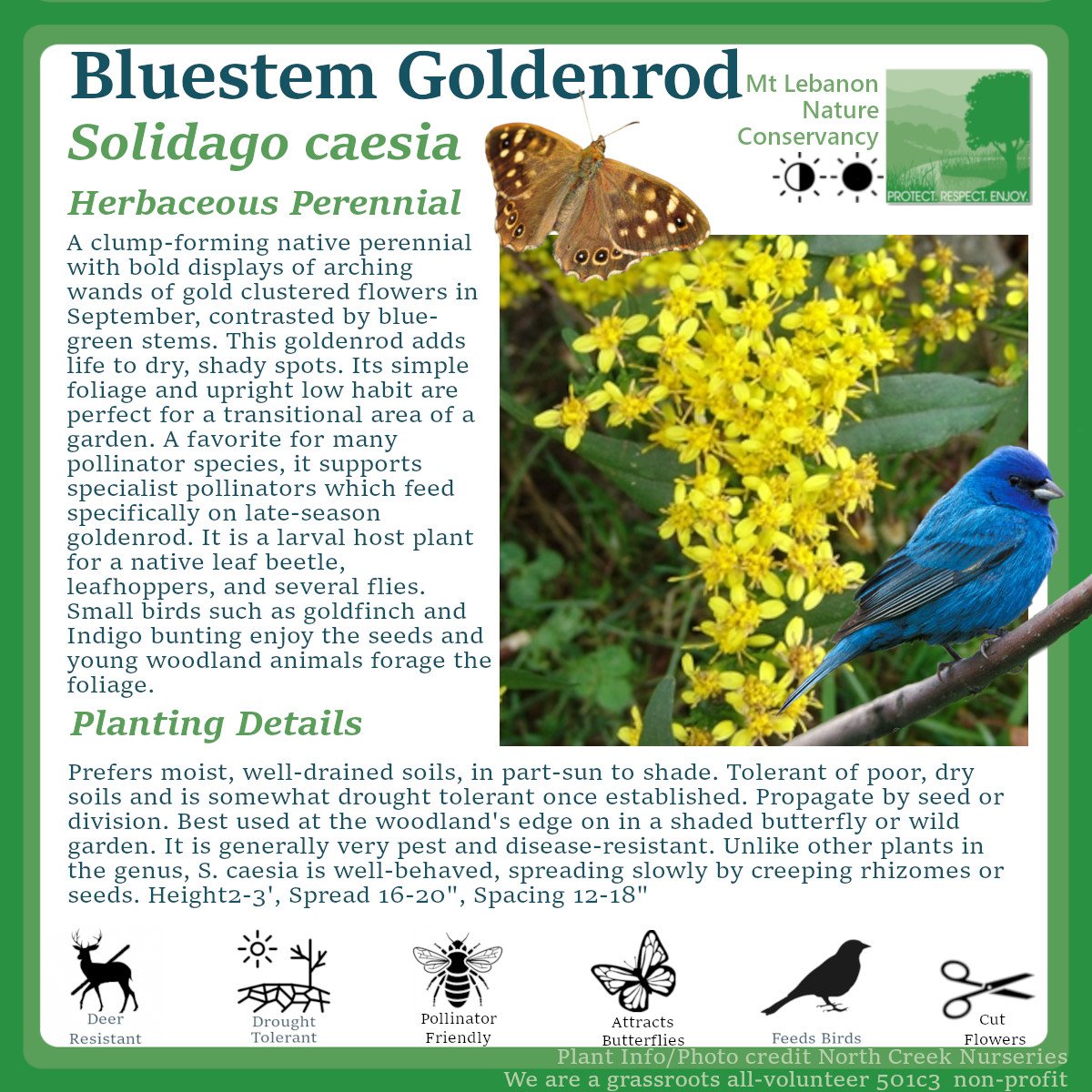
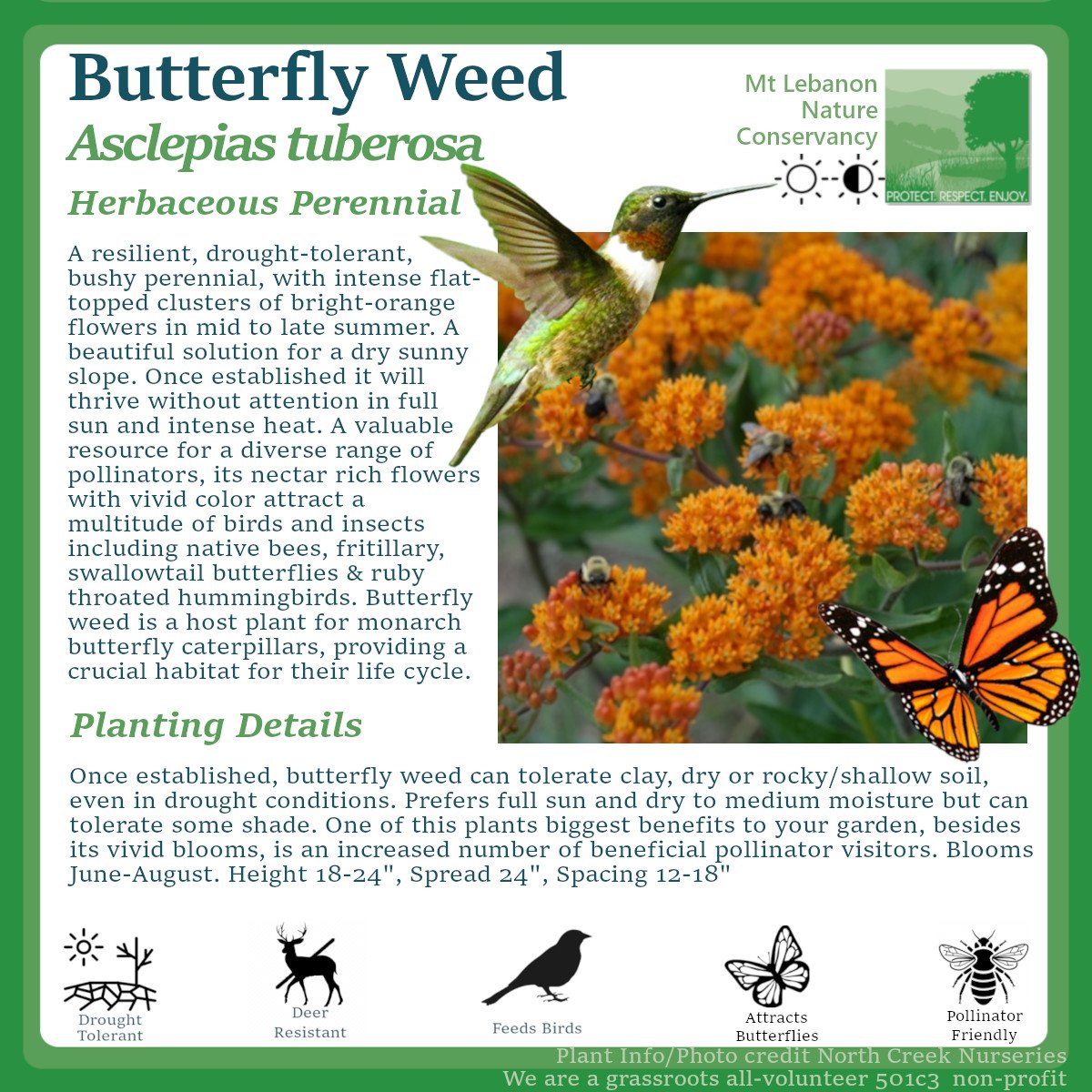
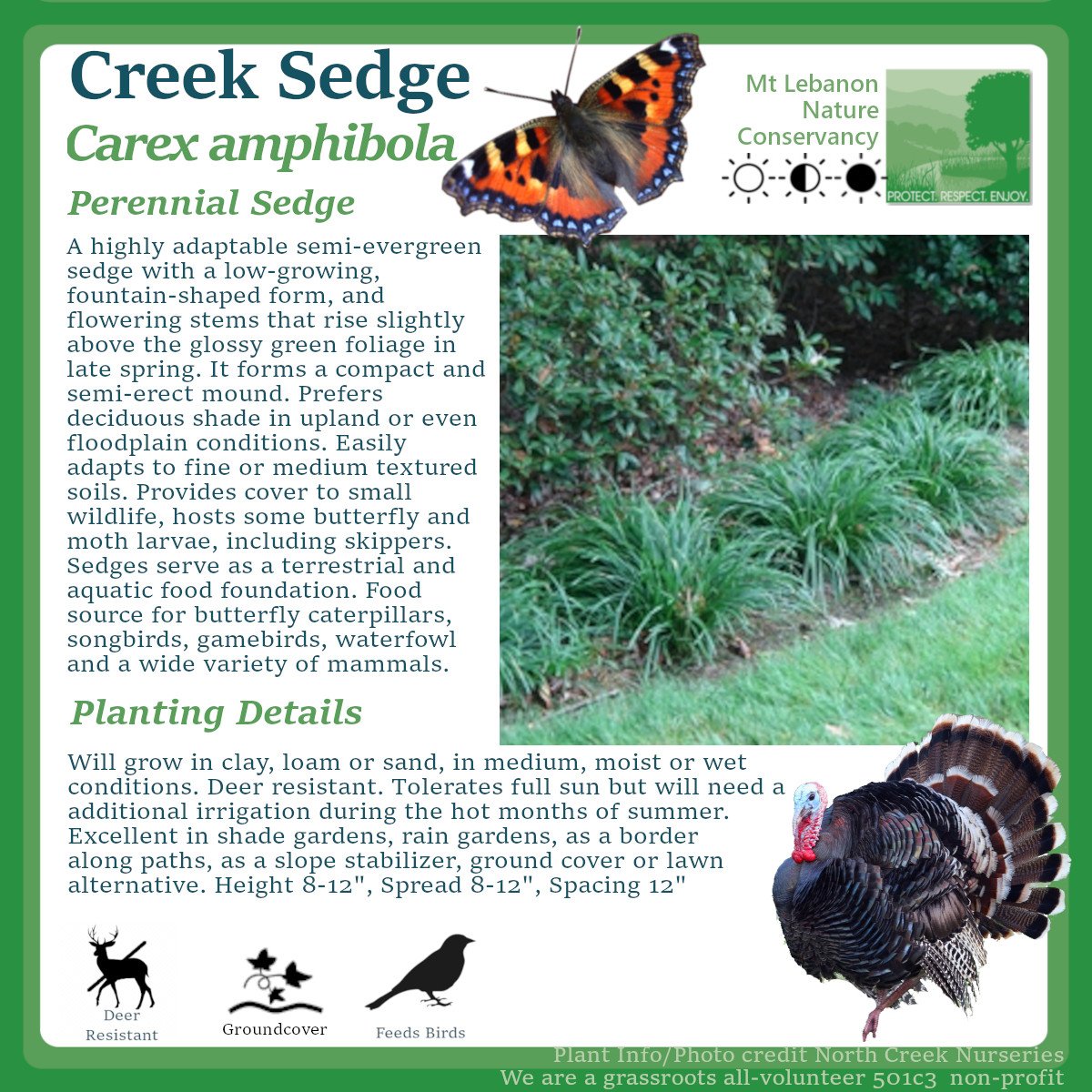
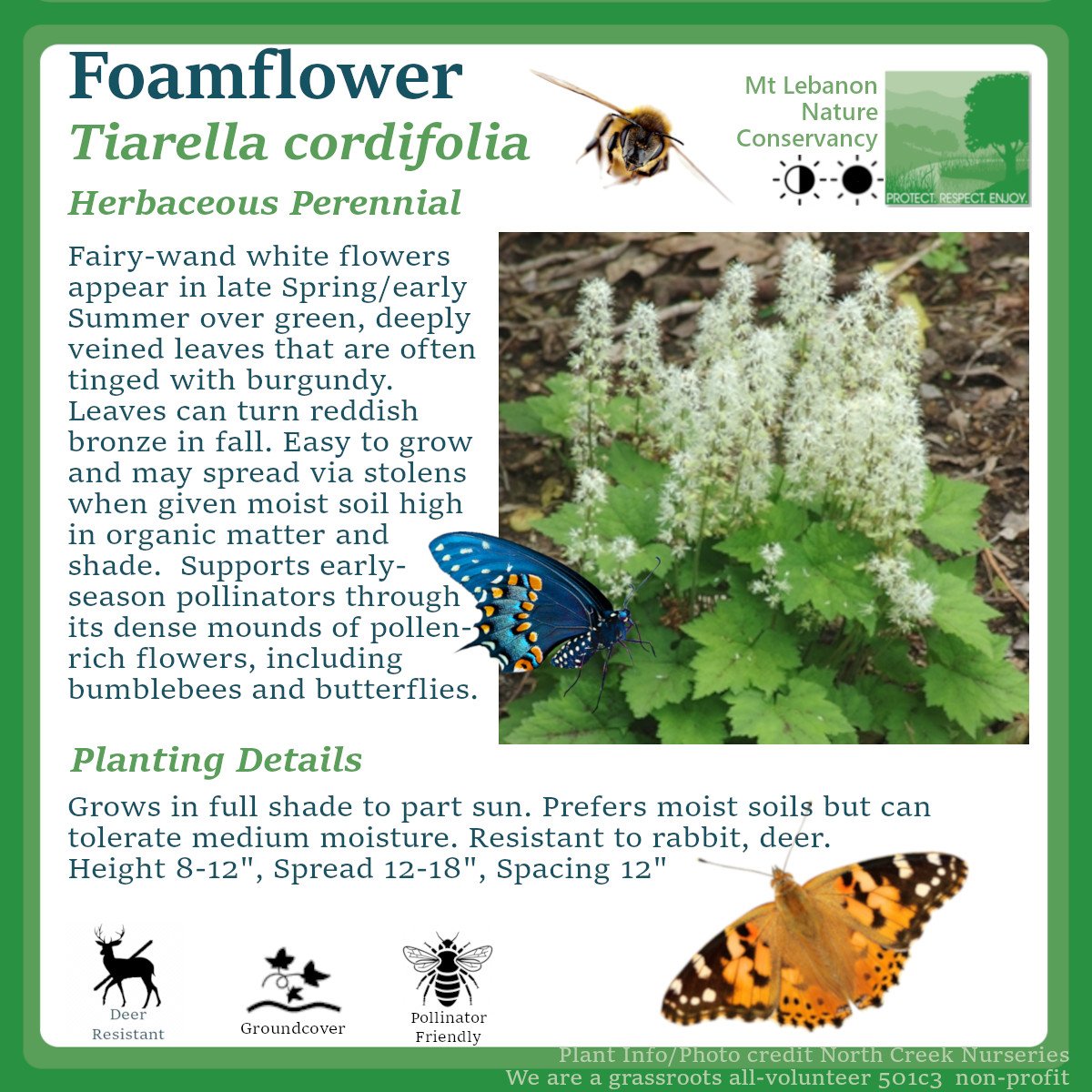
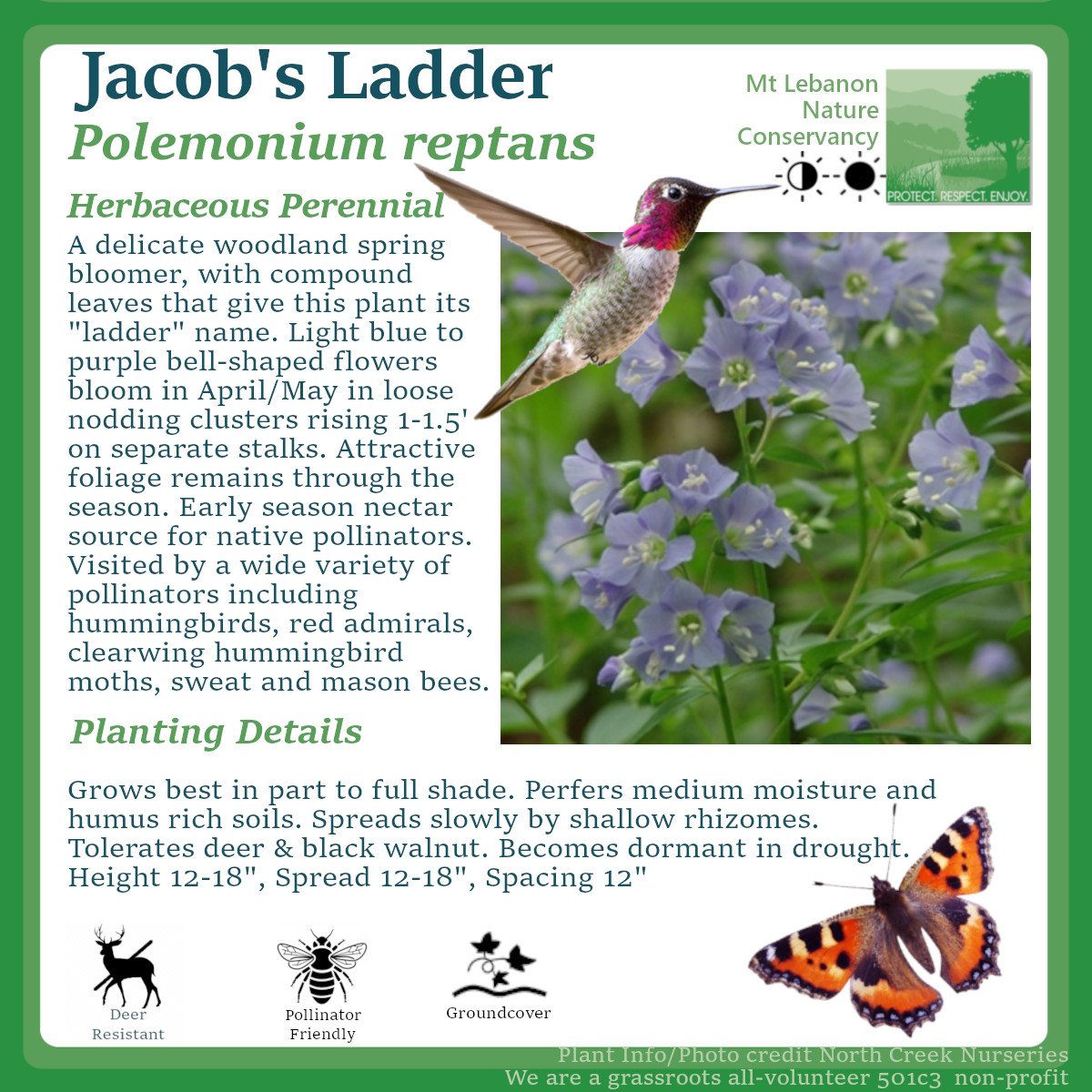
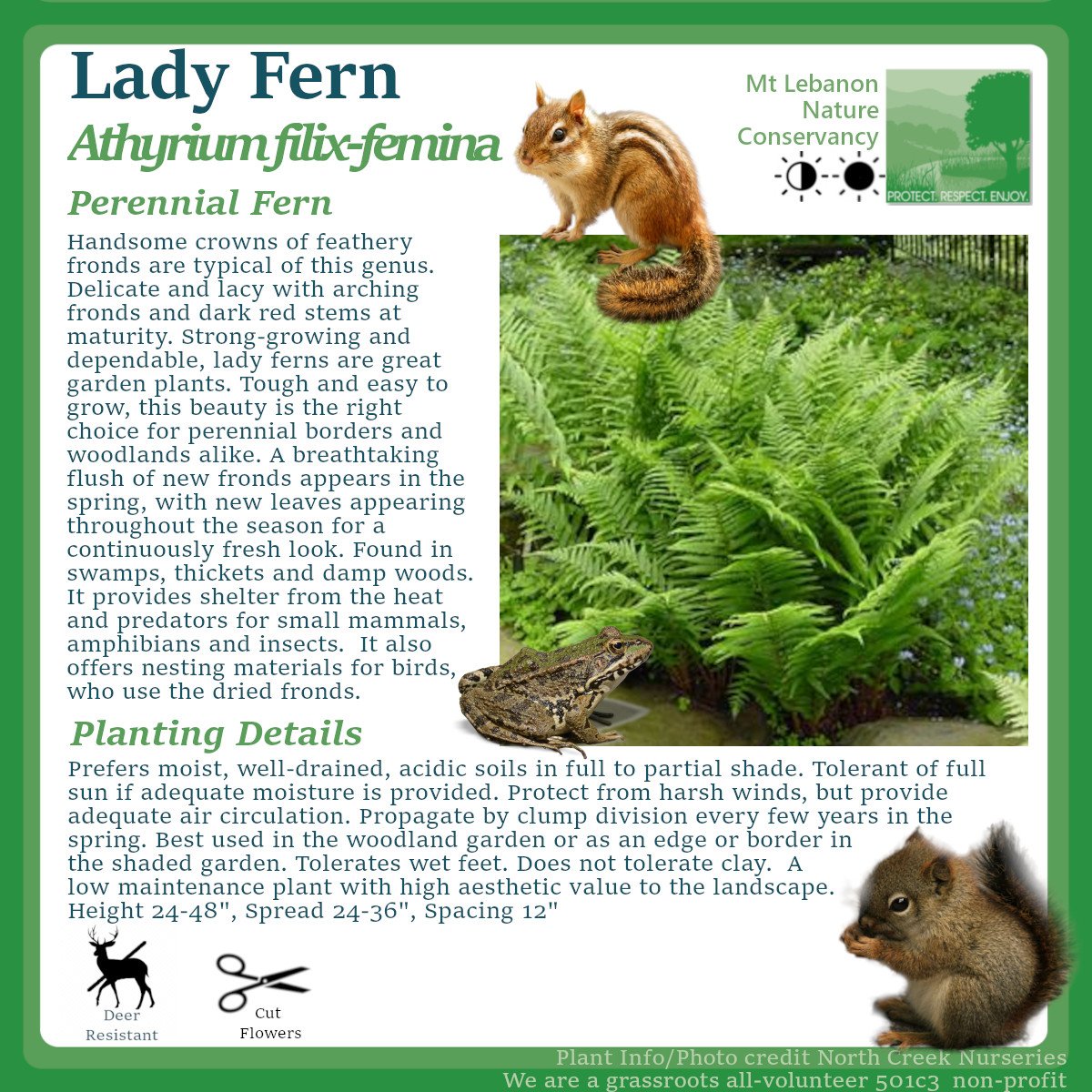
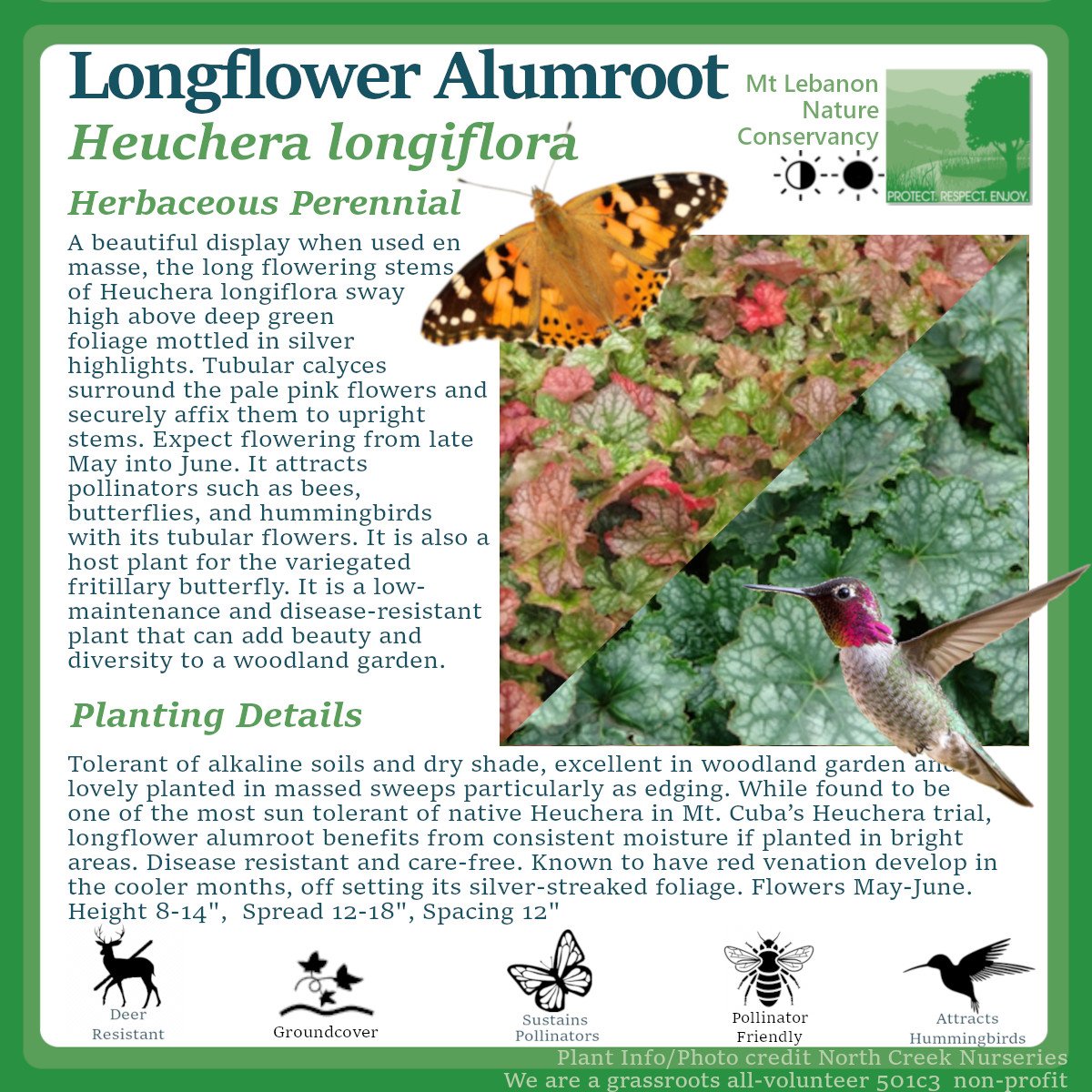
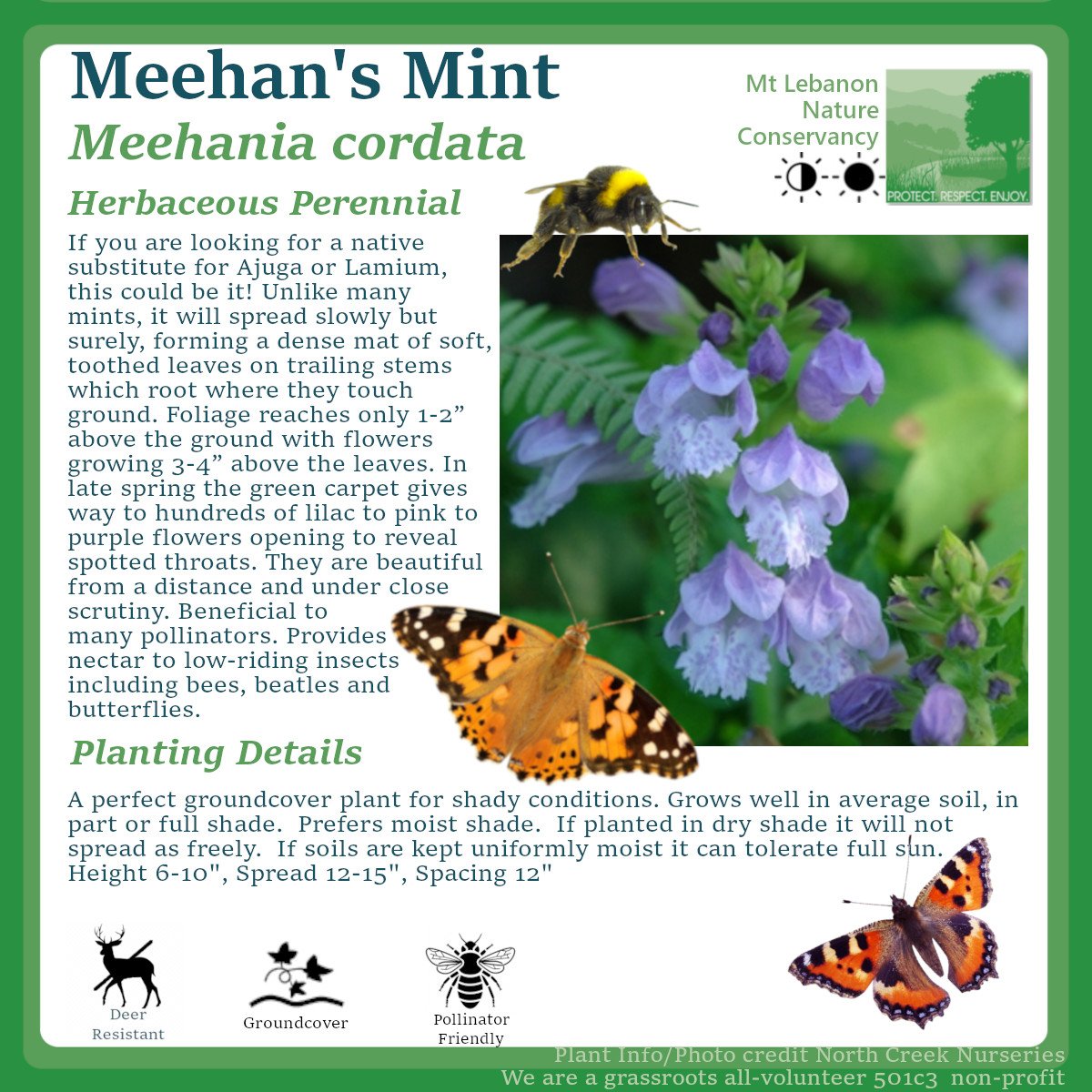
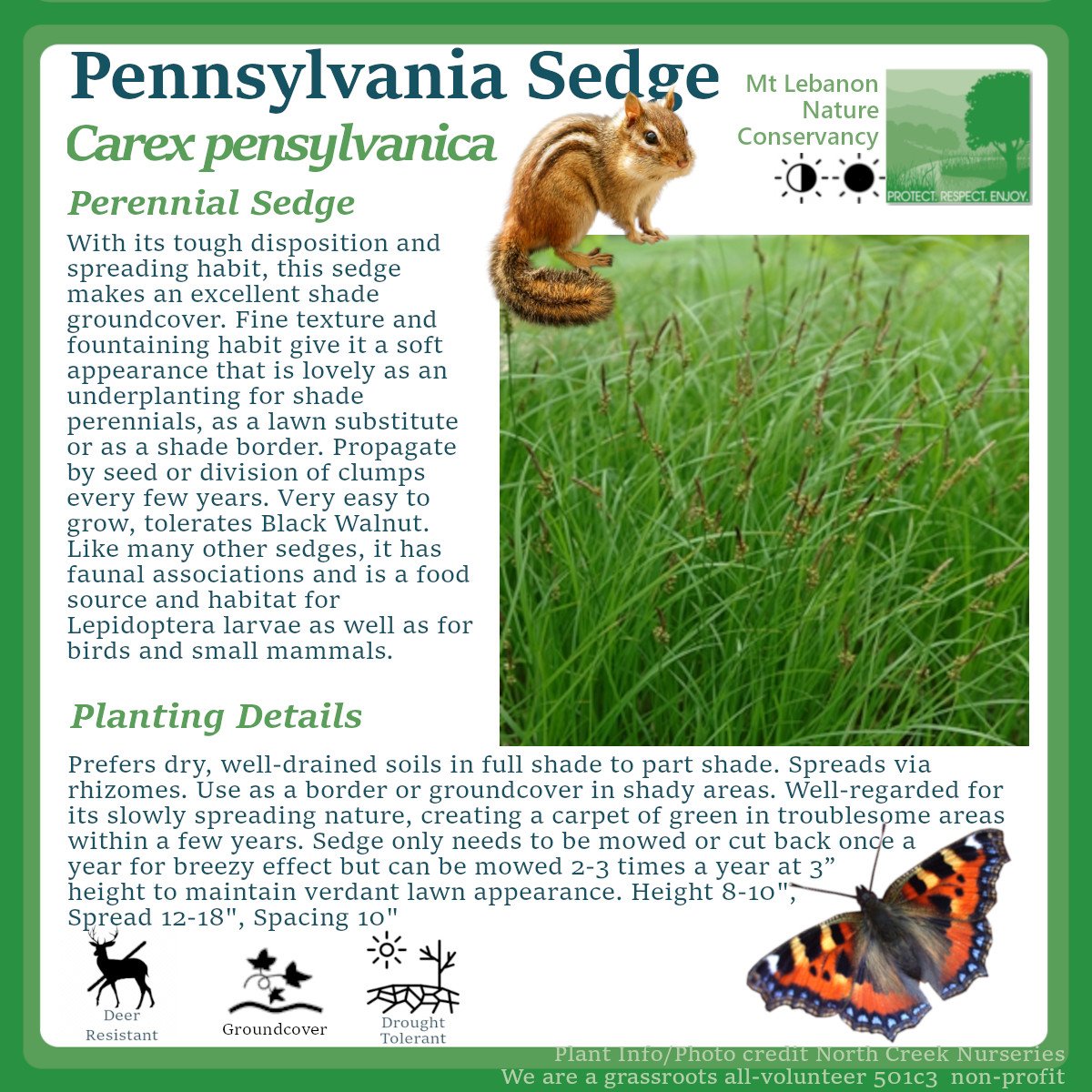
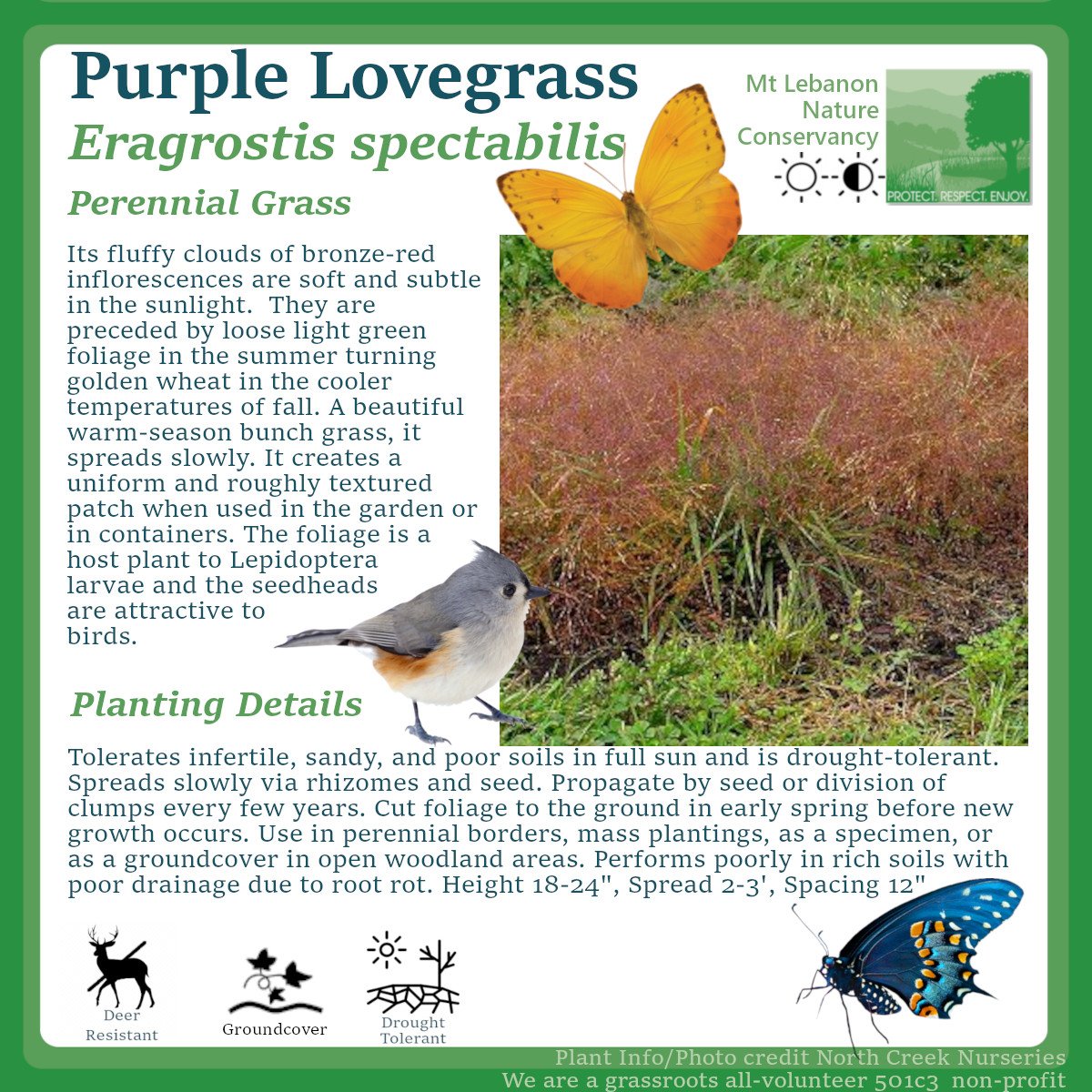
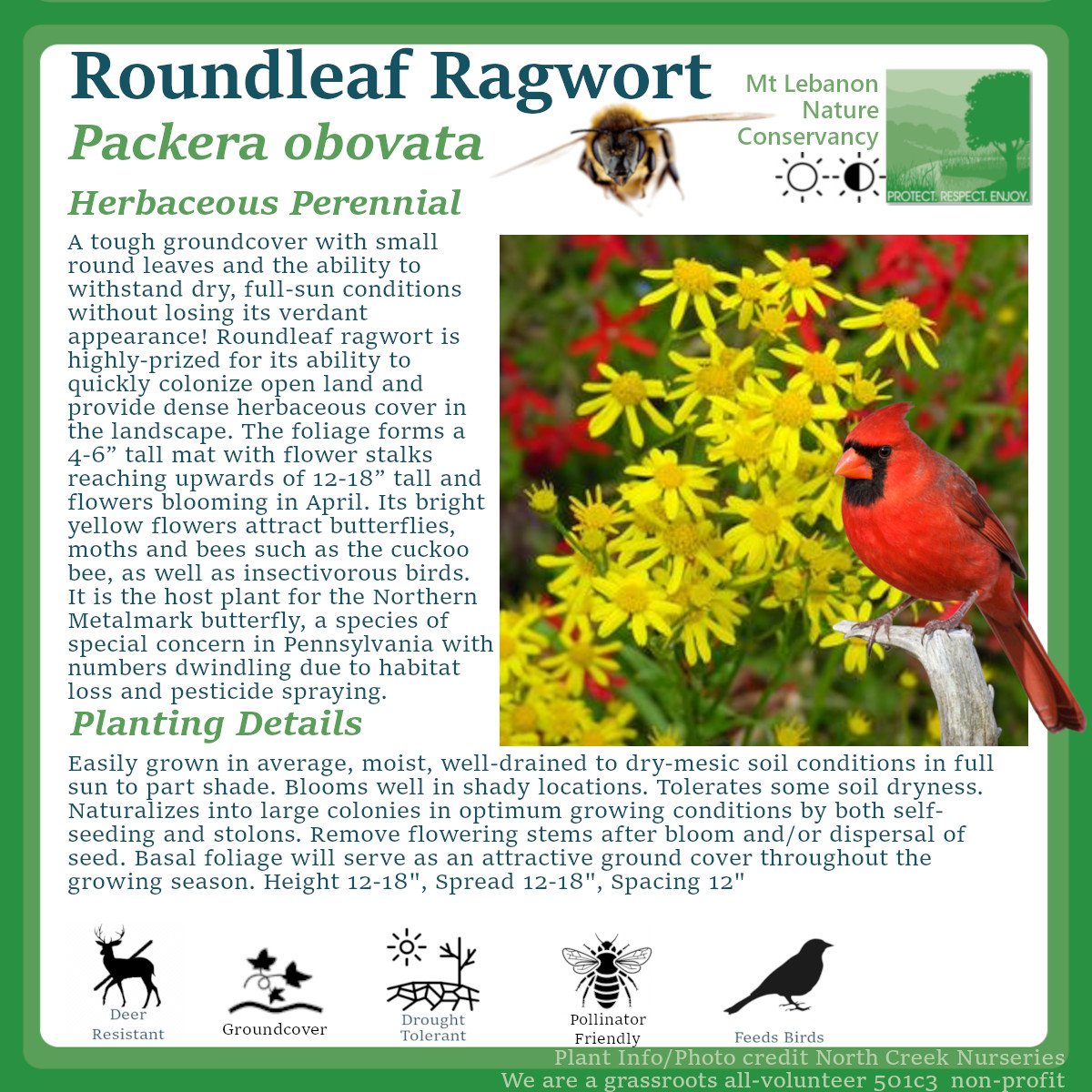
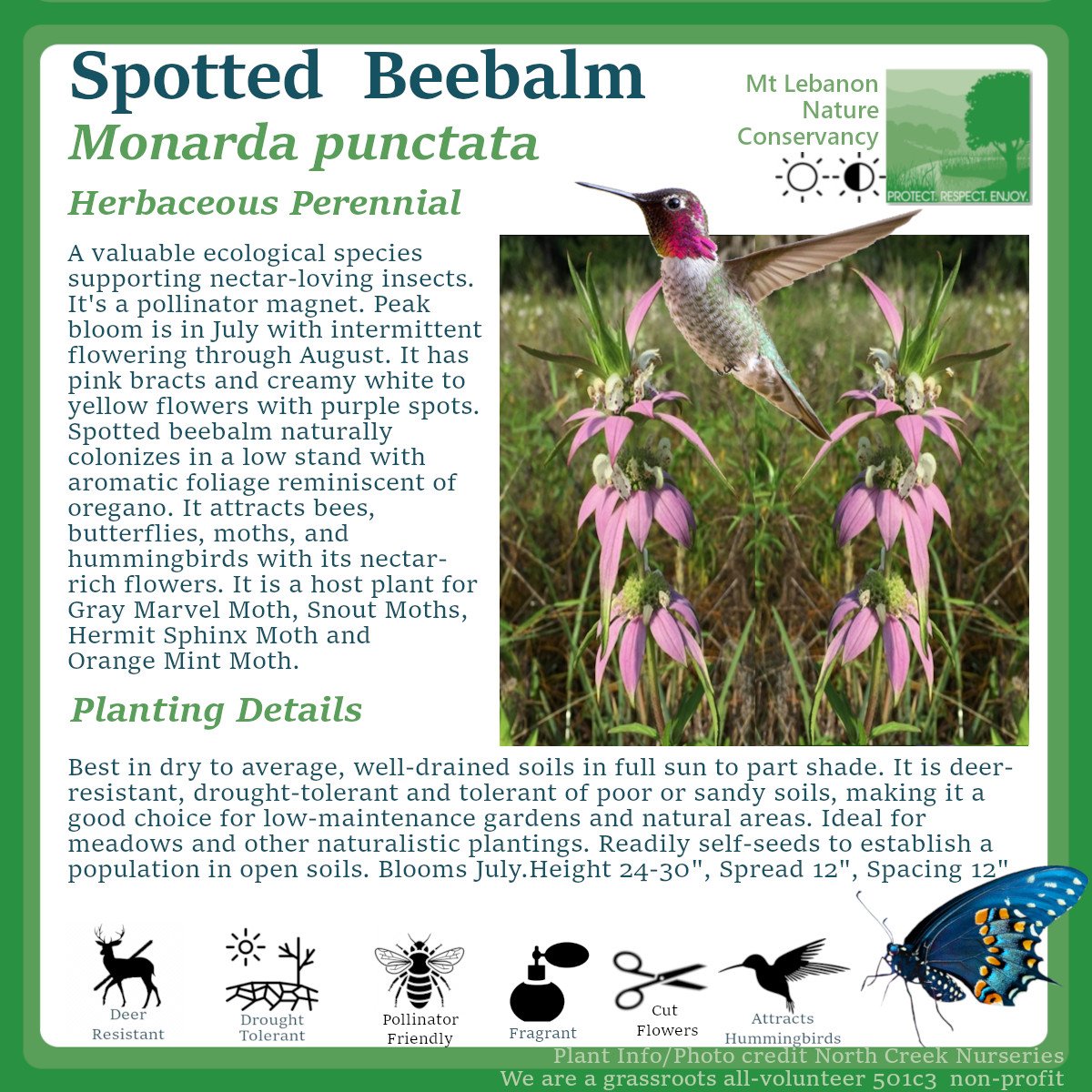
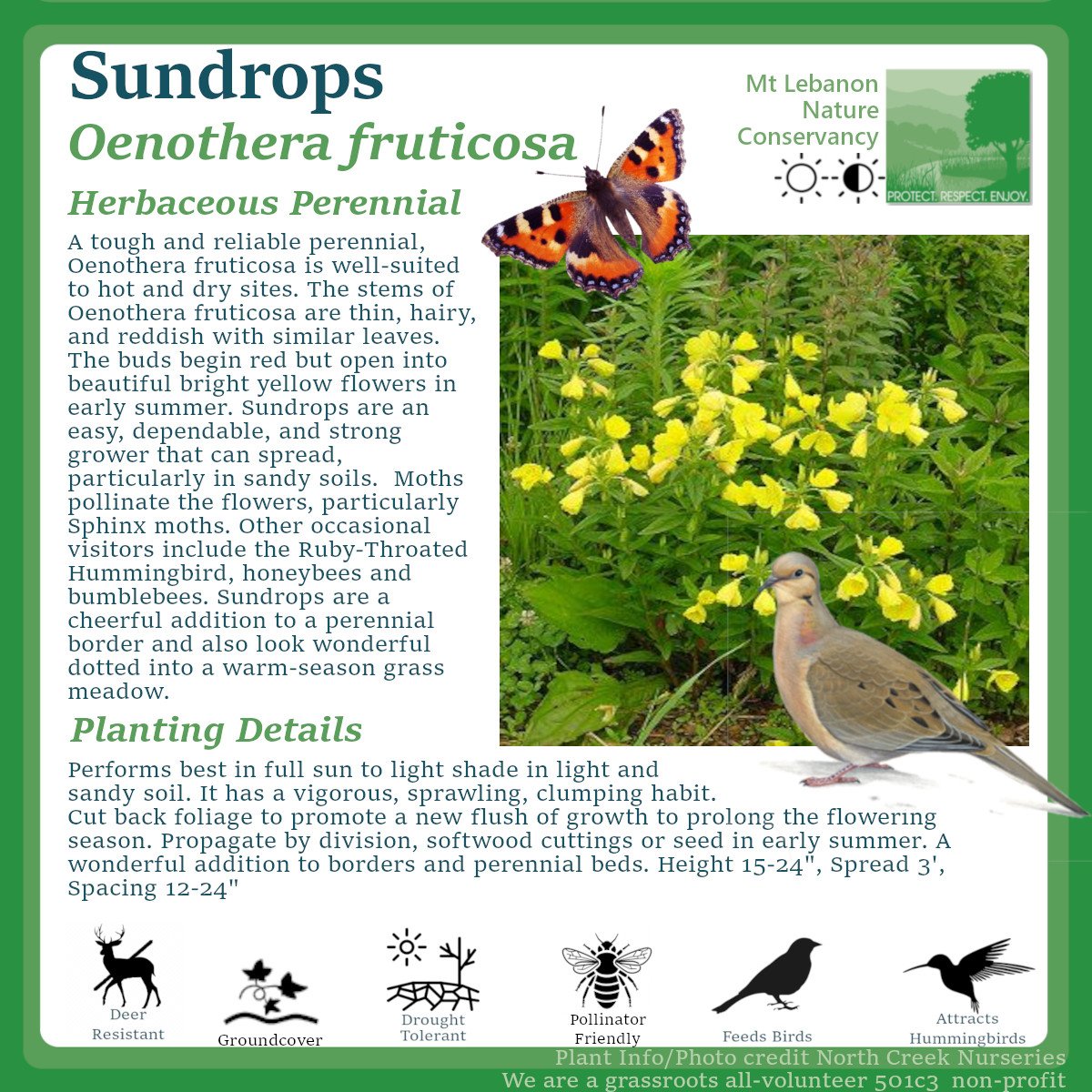

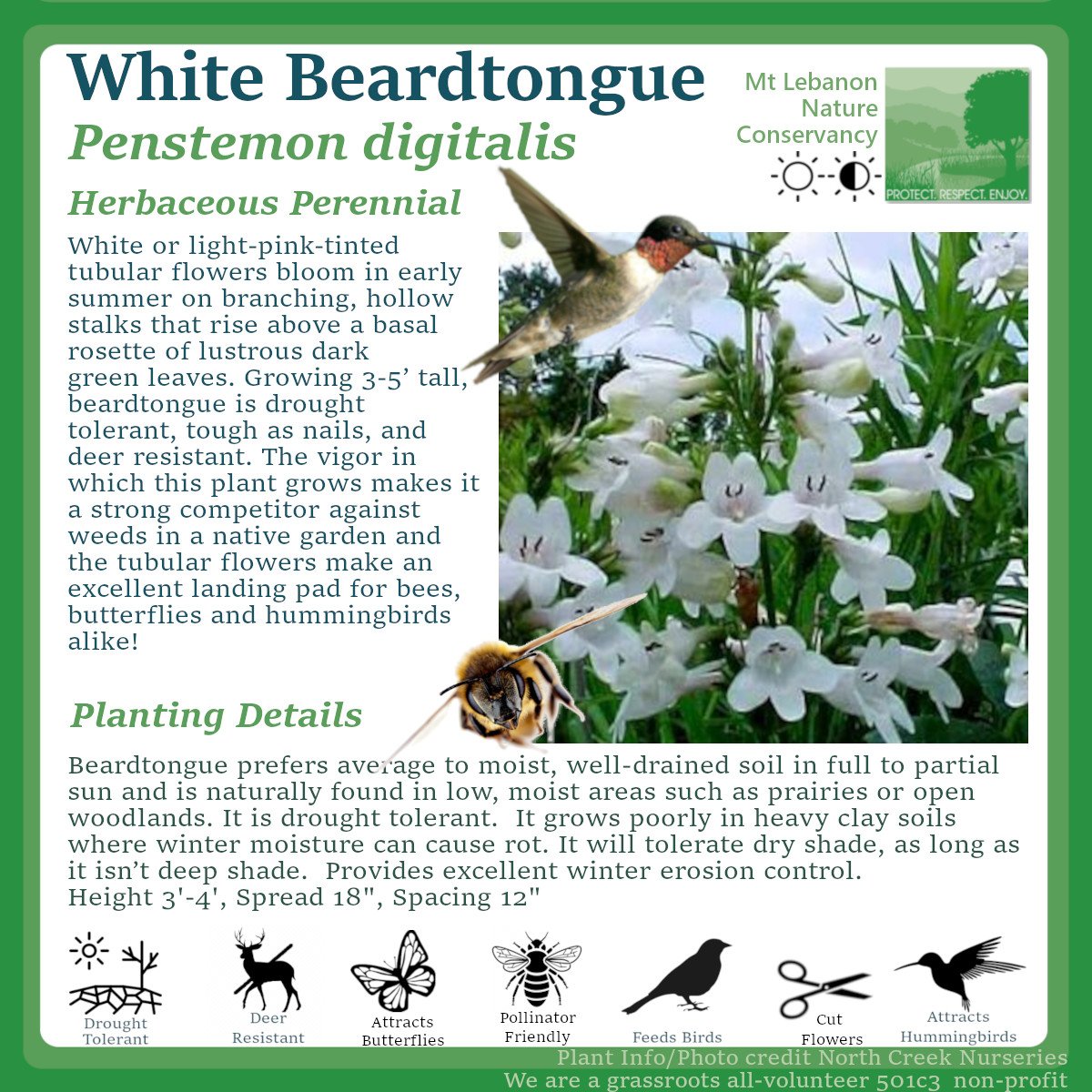

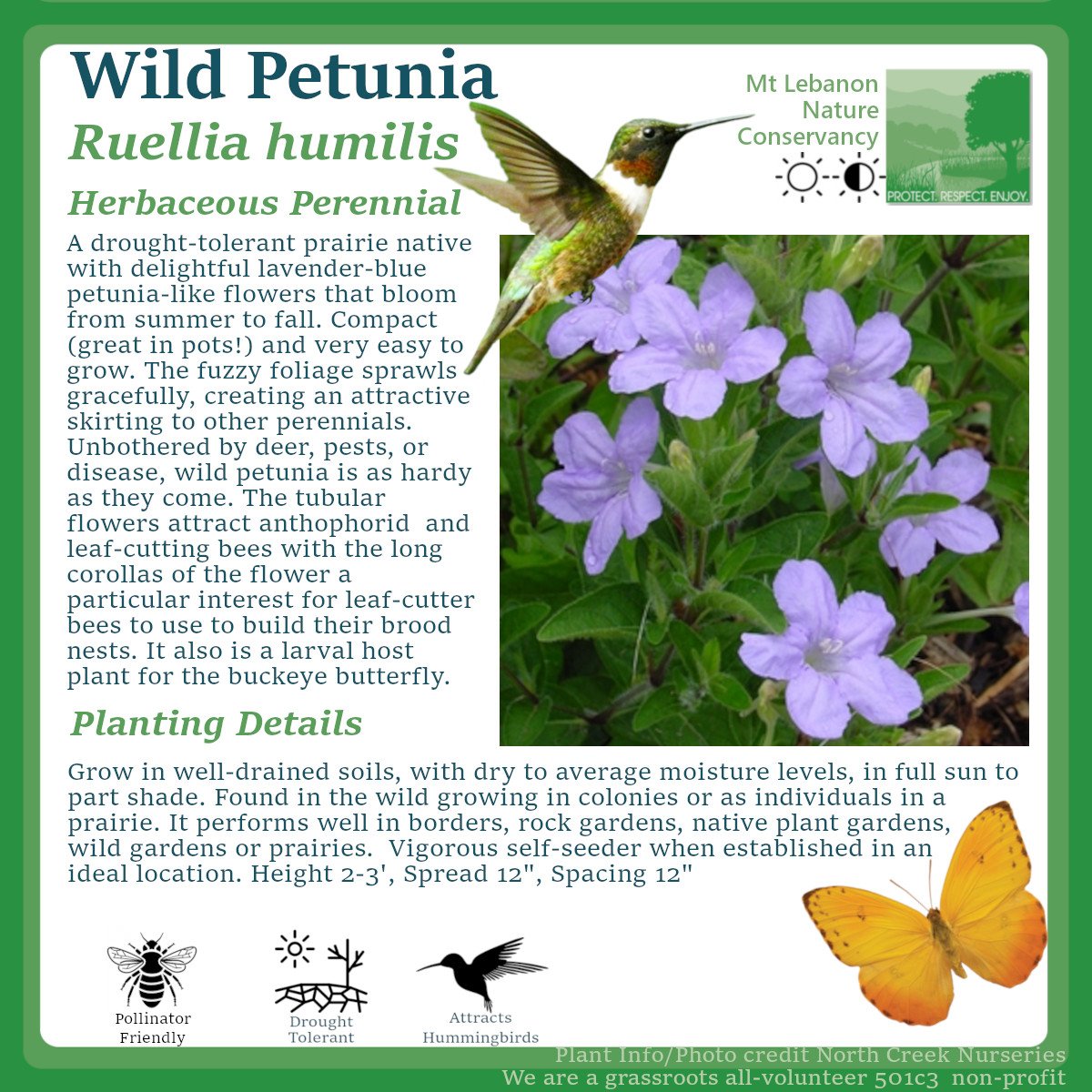
What plants are best for conditions in your yard?
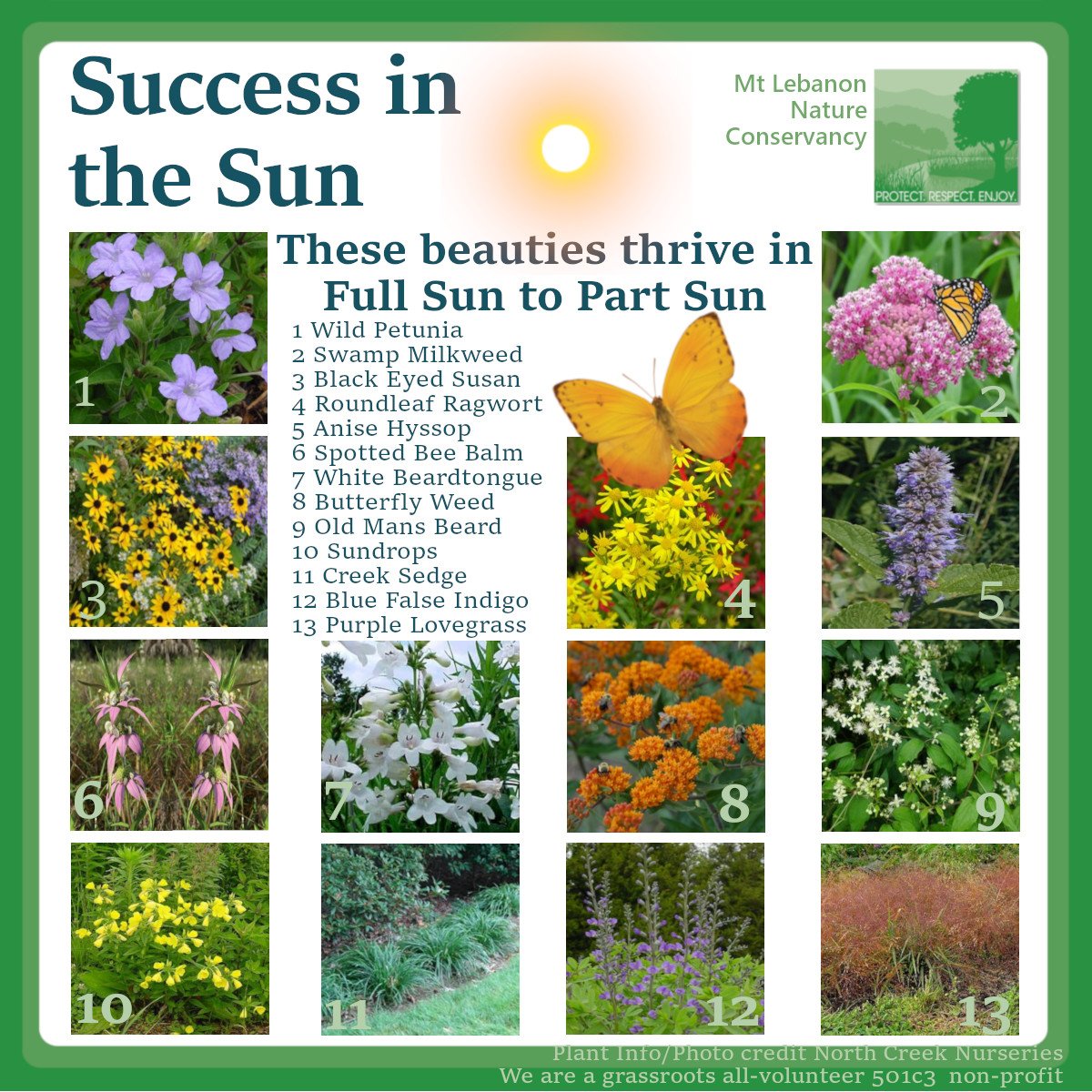
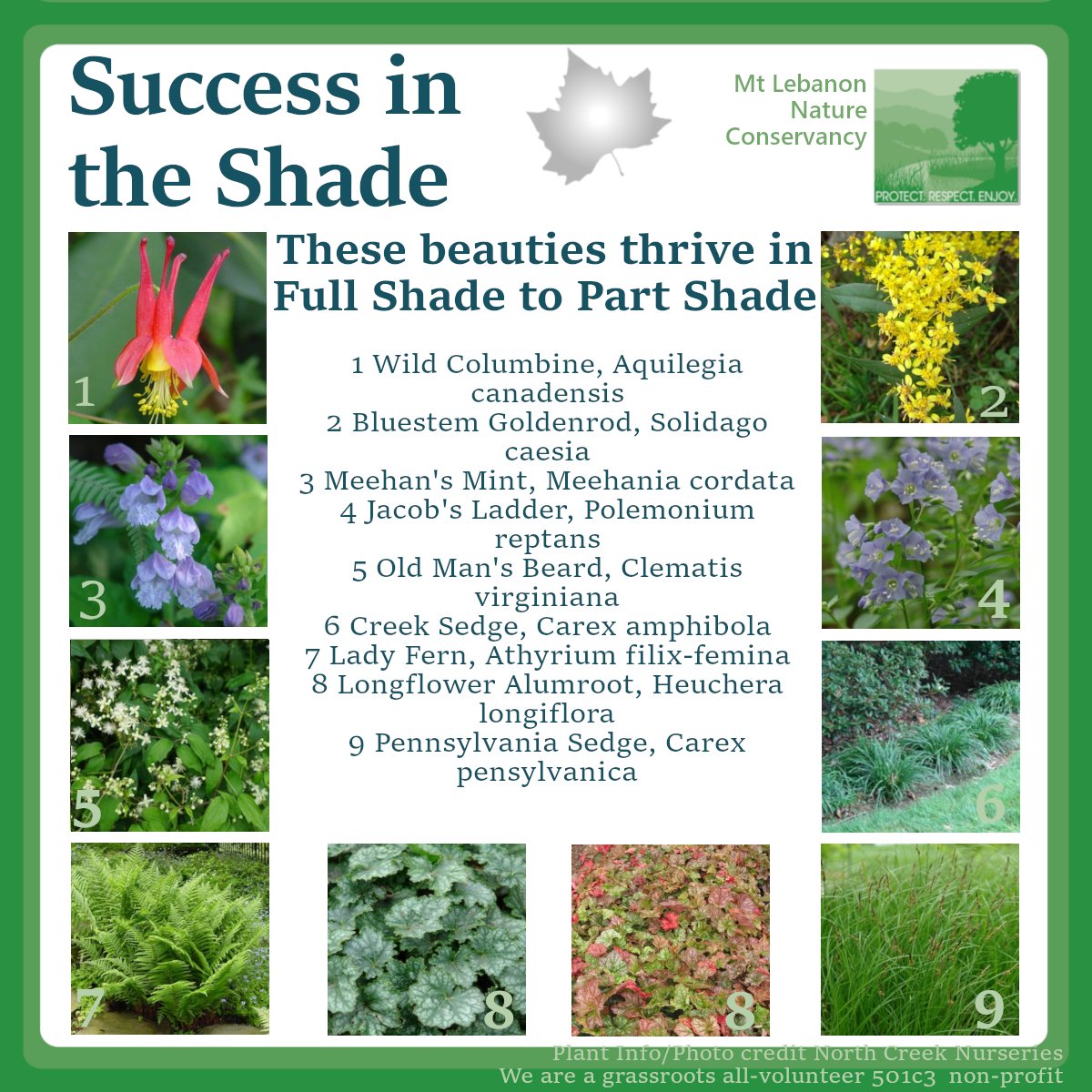
MORE RESOURCES:
Our plants are grown by North Creek Nurseries in Landenburg, PA
How to Plant: Sequence Order
When to Plant: Planting Windows
Tools to Use: Using an auger, Caring for Tools
Watering 101: Watering when first installing, how long to irrigate
Mulching 101: Mulch before you plant, what kind of mulch and how to
Winter Care: Winter Frost Heave
How to remove landscape plugs from their growing pots
The plugs are neonicotinoid-free (don’t harm insects)
“WHY DO YOU ALWAYS RUN OUT OF PLANTS?”
You are not the first person to ask this. There are two main reasons we must limit the supply:
The Conservancy has to pay for the wholesale plants before the sale, and we don’t have the financial reserves to front a huge order. We’ve gradually increased the size of our order in each of the three years we’ve hosted this sale, expanding the effort in a way our organization can afford.
This reason is even more daunting: The plants are delivered in flats of 32 or 50 plugs, depending on the species. Our volunteers have to cut up the hard plastic flats width-wise into “strips” of 4 plants or 5 plants for the sale. Even with an all-hands-on-deck effort by our volunteers, this takes 6-8 hours on the day(s) before the sale. We simply do not have the hands to do more, though we’d like to. (We’d certainly welcome your help, by the way! Sign up here.)
Credits for the DESIGN concepts, descriptions and facts on our plant cards and other materials include: North Creek Nurseries, Doug Tallamy, Heather Holm, Arcadia Natives, AND LADY BIRD JOHNSON WILDFLOWER CENTER.
Why Native Plants?
Pro Tip: You can do this gradually; you don’t have to remove and replace everything all at once!
Pollinators that are native to our area thrive with native plants but can struggle to find nutrition with non-natives.
Animals, insects and plant species that have evolved to sustain each other survive best as habitat companions.
Plants grow best in their native conditions. So species native to our area are compatible with our soils, water and temperatures.
Learn more in this Mt. Lebanon Magazine article.
How are earnings spent?
Proceeds from the Native Plant Sale support:
Planting native trees, shrubs and perennials in Bird Park, Twin Hills and Robb Hollow
Purchasing work supplies such as gloves, shovels and other tools
Purchasing tree protection fencing or tree tubes, to ward off hungry deer
Producing Conservancy programs, such as funding honoraria for speakers, or paying for supplies for participants
Providing a way for Mt Lebanon residents to easily purchase native plants for their own yards and gardens
